Table of content
Introduction
Jackfruit, known scientifically as Artocarpus heterophyllus, is a tropical fruit native to South and Southeast Asia. It boasts an impressive size, often weighing up to 80 pounds or more, and is characterized by its spiky green exterior that houses a sweet, aromatic flesh inside. Jackfruit is cherished for its versatility in culinary applications, ranging from being a main ingredient in savory dishes to being sweetened and enjoyed as a dessert. However, enjoying jackfruit at its optimal taste and texture requires knowing how to determine its ripeness. This guide will delve into various methods and indicators to help you select the perfect jackfruit.
Understanding Jackfruit Ripeness
Before diving into the specifics of how to tell if a jackfruit is ripe, it’s crucial to understand the stages of jackfruit development. Jackfruits typically go through three main stages: unripe, ripe, and overripe.
-
Unripe Jackfruit: At this stage, the fruit has a solid green exterior with no visible cracks or soft spots. The flesh inside is starchy and not suitable for eating raw, often requiring cooking to make it edible.
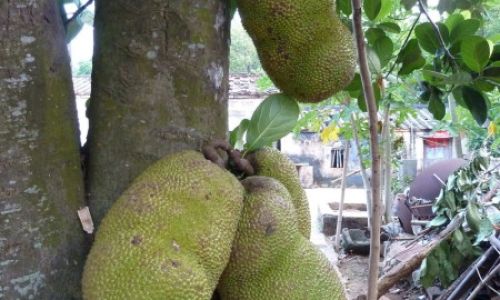
-
Ripe Jackfruit: A ripe jackfruit exhibits changes in color, texture, and aroma. The skin may turn a yellowish-green or even brownish hue, with some cracks appearing on the surface. The flesh becomes softer and sweeter, ideal for eating fresh or using in various recipes.
-
Overripe Jackfruit: When a jackfruit is left on the tree too long or stored improperly after harvesting, it can become overripe. This is characterized by excessive softening, mold growth, and an off-putting aroma. Overripe jackfruit should be avoided for consumption.
Visual Indicators
Color Changes
One of the most straightforward ways to assess jackfruit ripeness is by observing its color. While unripe jackfruits have a solid green exterior, ripe ones often show signs of yellowing or browning. This color change can vary depending on the variety and the region where the fruit was grown. However, a general rule is that the greener the fruit, the less ripe it is, whereas yellow or brown hues indicate a higher degree of ripeness.
Cracks and Soft Spots
As jackfruit ripens, it undergoes internal changes that cause the skin to expand and sometimes crack. These cracks, often accompanied by soft spots, are a reliable indicator of ripeness. However, it’s important to distinguish between natural cracks and those caused by damage. Natural cracks tend to be even and spread across the fruit’s surface, while damage-induced cracks are irregular and may expose the flesh to potential contaminants.

Size and Shape
While size alone doesn’t determine ripeness, it can give you an indication of the fruit’s maturity. Fully grown jackfruits are typically larger than their unripe counterparts. Additionally, a ripe jackfruit may have a slightly more rounded shape compared to its elongated, unripe form. However, this method is less reliable than color and texture checks and should be used in conjunction with other indicators.
Olfactory Clues
Aroma
One of the most definitive signs of a ripe jackfruit is its aroma. As the fruit ripens, it emits a strong, sweet, and tropical scent that is unmistakable. This aroma becomes more pronounced as the fruit approaches its peak ripeness. If you detect a faint or absent aroma, the jackfruit may still be unripe or nearing ripeness. Conversely, an overly strong or fermented smell can indicate that the fruit is overripe or spoiled.
Tactile Examination
Firmness
Touching the jackfruit can provide valuable insights into its ripeness. An unripe jackfruit feels firm and solid to the touch, with little give when pressed. As it ripens, the flesh softens, making the exterior feel slightly yielding. However, avoid jackfruits that feel excessively soft or mushy, as these may be overripe or damaged.
Sound
When gently tapped or shaken, a ripe jackfruit may produce a hollow sound, indicating that the flesh inside has softened and separated from the seed casing. This is less reliable than other methods but can be a useful additional check, especially when combined with visual and olfactory assessments.
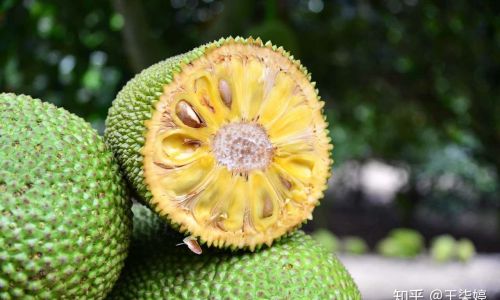
Experience and Intuition
Seasonal Knowledge
Understanding the jackfruit season in your area can enhance your ability to select ripe fruits. Jackfruits are typically harvested during the warmer months, with peak seasons varying by region. During these times, markets and grocery stores are more likely to stock ripe jackfruits.
Vendor Advice
If you’re purchasing jackfruit from a vendor or farmer’s market, don’t hesitate to ask for their advice. Experienced sellers often have a keen eye for ripeness and can provide valuable insights based on their knowledge of the fruit’s growth cycle and storage conditions.
Personal Experience
Over time, you’ll develop a sense of what ripe jackfruit feels, looks, and smells like. Keep a record of your successful and less successful purchases, noting the indicators that worked best for you. This will help you refine your selection skills and increase your chances of picking perfect jackfruits in the future.
Storage and Handling
Proper Handling
Once you’ve selected a ripe jackfruit, proper handling is crucial to maintain its quality. Handle the fruit gently to avoid damaging the skin, which can lead to premature spoilage. If you’re not ready to eat it immediately, store it in a cool, dry place away from direct sunlight.
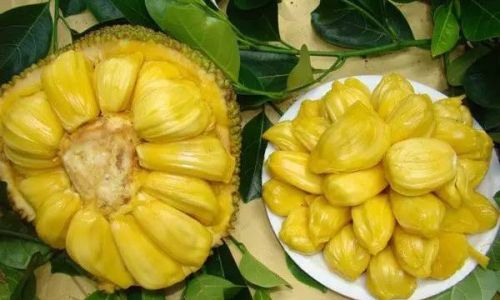
Ripening Techniques
If you’ve purchased an unripe jackfruit but want to enjoy it soon, you can accelerate the ripening process by placing it in a paper bag with a banana or apple. These fruits emit ethylene gas, a natural ripening agent that can speed up the ripening of nearby fruits. However, monitor the jackfruit closely to avoid overripening.
Preservation Methods
Ripe jackfruit can be preserved by refrigerating it in an airtight container for up to a week. For longer-term storage, you can freeze the flesh, which will retain its flavor and texture for several months.
Conclusion
Determining the ripeness of jackfruit may seem like an art, but with a combination of visual, olfactory, and tactile checks, along with seasonal knowledge and personal experience, you can master this skill. By selecting ripe jackfruits, you’ll ensure that your culinary endeavors are met with sweet success, whether you’re enjoying the fruit fresh, cooked, or incorporated into various dishes. Remember, the key to a delicious jackfruit experience lies in choosing one that’s perfectly ripe. Happy jackfruit hunting!
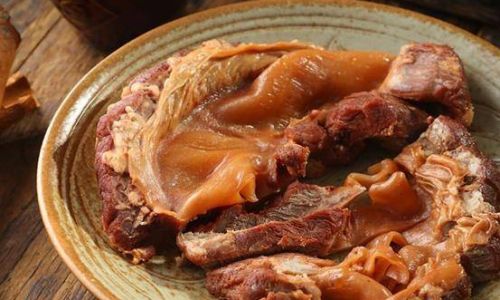

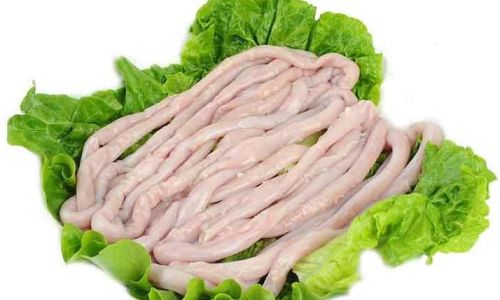
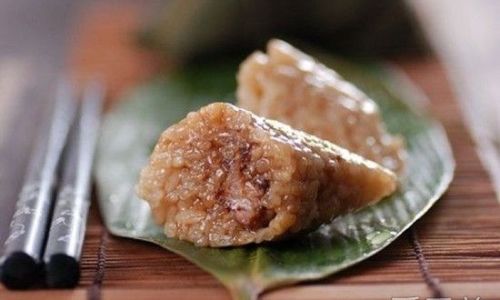
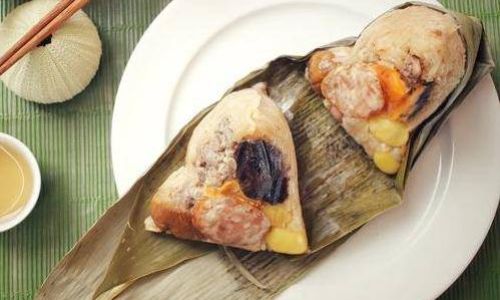
0 comments